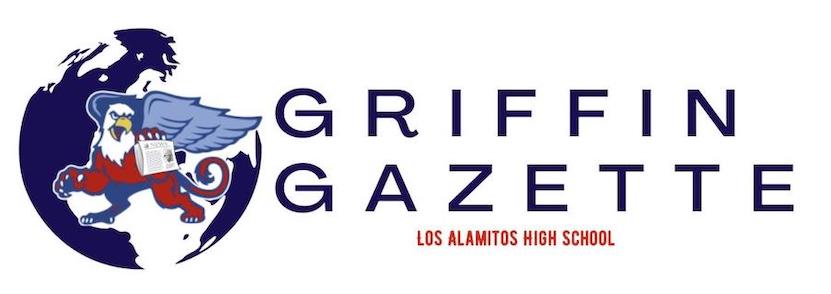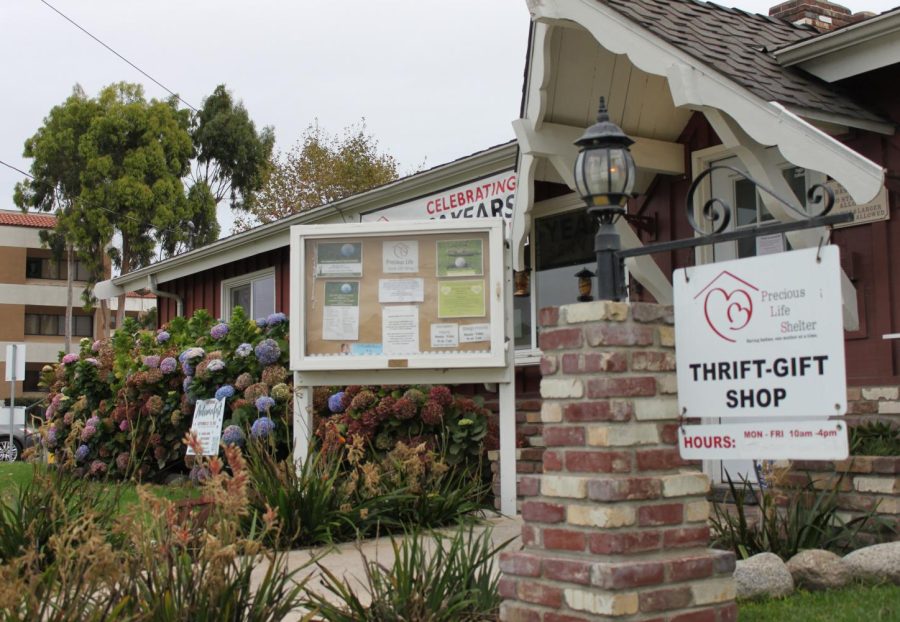Trending with thrifting
The morality of secondhand purchases by those with higher incomes.
The front of Precious Life Shelter, a local thrift store.
September 14, 2022
LOS ALAMITOS, CA — Thrift stores provide opportunities for people who can not afford to purchase items of high expense. All people, no matter the income, are provided with thrifting as an outlet to support a sustainable lifestyle.
Secondhand apparel has not only proved beneficial to society but also to the environment by limiting mass production sales and the overproduction of clothing.
Recently, through social media, platforms like Instagram and Tiktok have brought light to thrifting. In fact, thrifting has been so popularized for people exposed to these platforms that the resale report for the online thrift store, ThredUp, states “secondhand displaced nearly 1 billion new clothing purchases in 2021 that normally would have been bought new.” And while this is positive, it is questioned what kinds of people are shopping and what purpose they bring.
People who can afford to purchase clothing of current trends are known as the middle class and upper class public. Because thrifting has become so popular in stores like Goodwill and Salvation Army, we have to recognize whether it is ethical for higher income people who can afford clothing from department stores to purchase secondhand clothing just because it is ‘on trend’ and ‘cheap.’
And sure, one could argue that purchasing secondhand clothing is beneficial no matter anyone’s intentions because of its aid to the environment. But clothes that do not end up selling in thrift stores contribute to the mass of apparel in landfills. The Green America Magazine states that “five percent of donated clothes [from Goodwill] are directly sent to landfills.” There are clothing stores that provide high quality apparel who are transparent in their efforts to help the environment and remain inclusive in their factories’ workforce. Companies like Everlane, allbirds, Calvin Klein, and Rothy’s provide environmental initiatives in their mission statements or steps they have taken towards a more environmentally friendly presence in the fashion industry. Thrift stores are not the only solution to the industry’s footprint on the environment.
Reflecting on the current statistics of fashion sales on ThredUp, “59% of those who bought secondhand for the first time in 2021 say it gives them bragging rights [and] 72% of those who consider themselves thrifters say they feel proud to share with others that their outfit is secondhand.” If people feel the need to share with others that they are purchasing secondhand apparel, are they really motivated to help the environment?
Thrifting with the intention of purchasing cheaper ‘trendy’ clothing even when one has the capability to support under-represented designers should truly reconsider their motives. It is moral to donate usable clothing to thrift shops rather than shopping there. People need to hold themselves accountable in their responsibilities towards society.







Sydney Chait-Walter • Nov 16, 2022 at 8:59 am
i loved the perspective on this article. i have never thought of thrifting from this point of view.
lfranzen • Sep 29, 2022 at 2:17 pm
Your article is mature and insightful. You thoughtfully integrate data to augment your position. Thank you for inspiring me to think about this issue.
Angela Nusloch • Sep 15, 2022 at 7:05 pm
Informative!
JP • Sep 15, 2022 at 7:01 pm
After reading this article I’ll be asking myself before further purchasing “Do I want to contribute to mass landfills that continue to add to the problem” The answer is no. Great article, informative and eye-opening.
Alicia Tan • Sep 15, 2022 at 8:34 am
This is such a cool article! There’s a lot of stuff here that I haven’t even thought about before. I really enjoyed reading it 🙂
Bella Kim • Sep 14, 2022 at 2:16 pm
Congrats on your first article of the year Adalie! Such an eye-opening, impactful piece, awesome work.